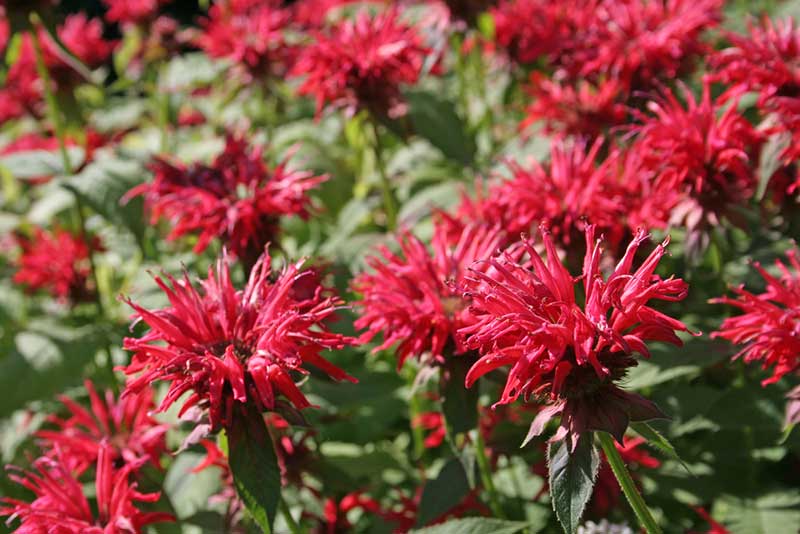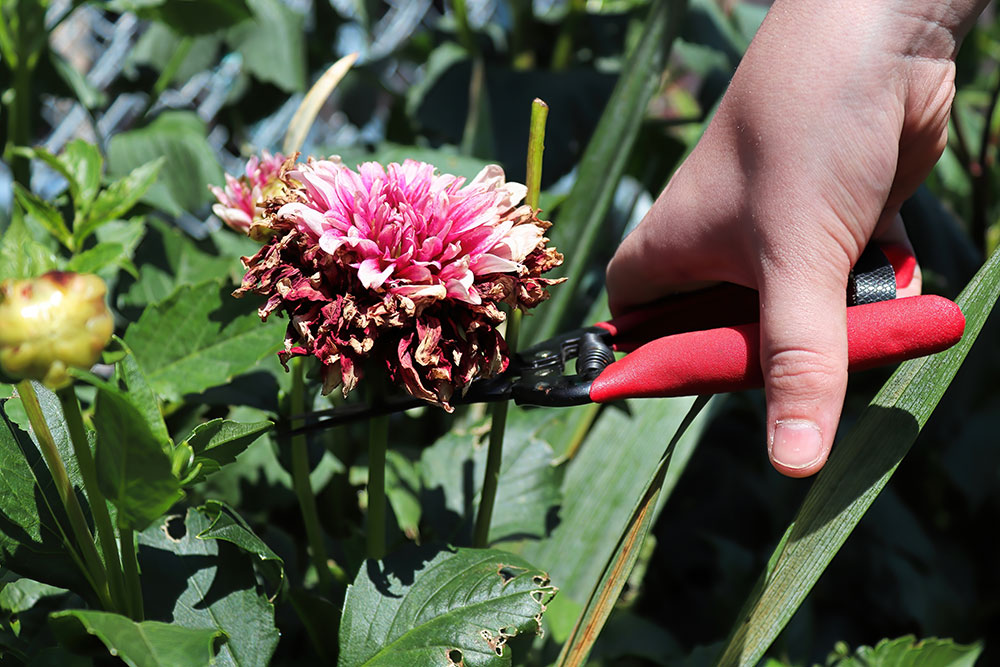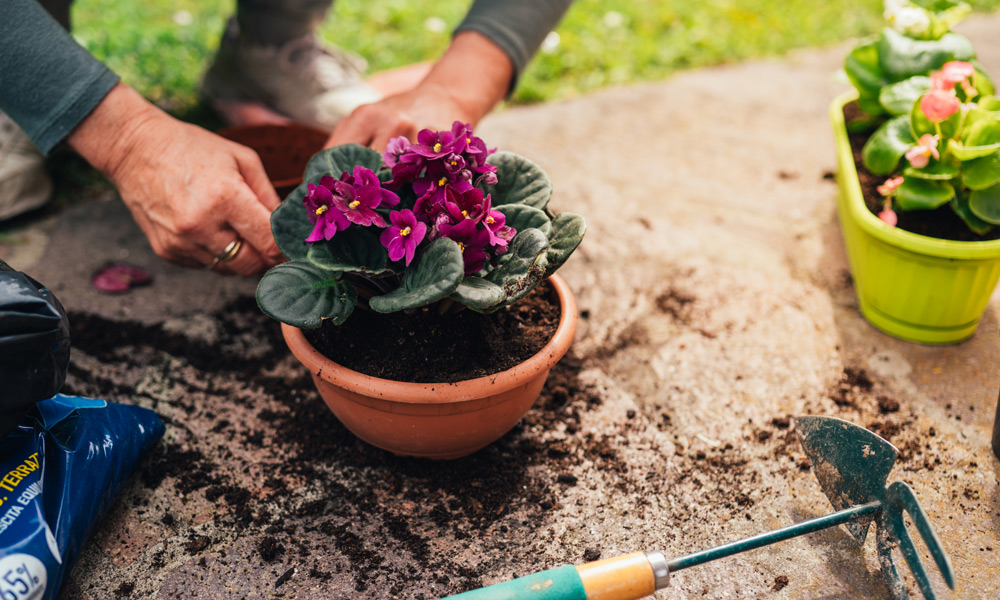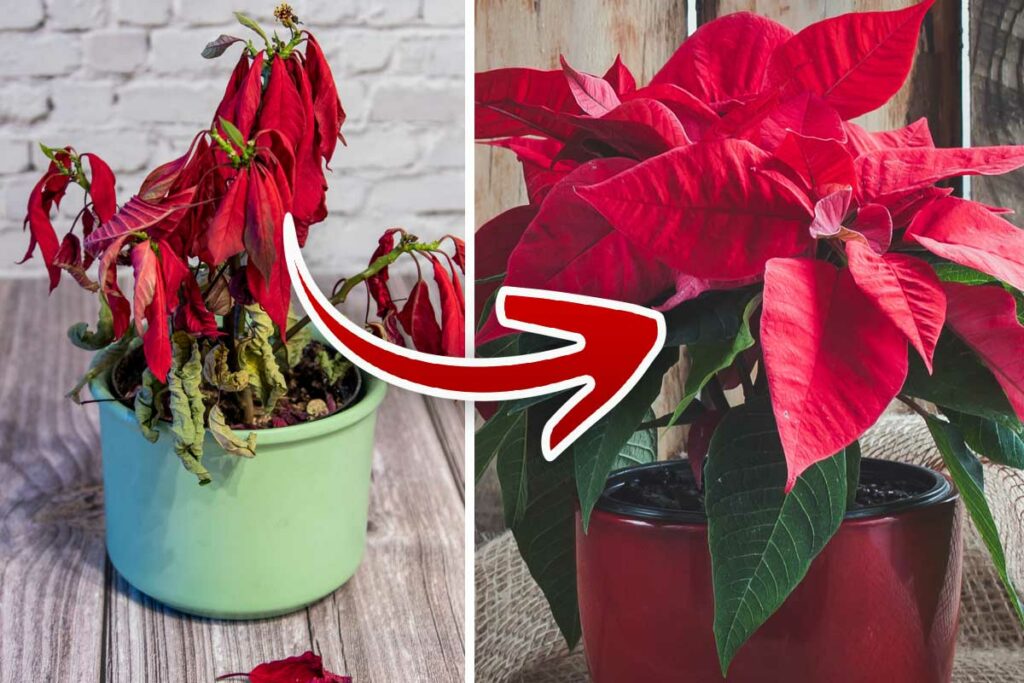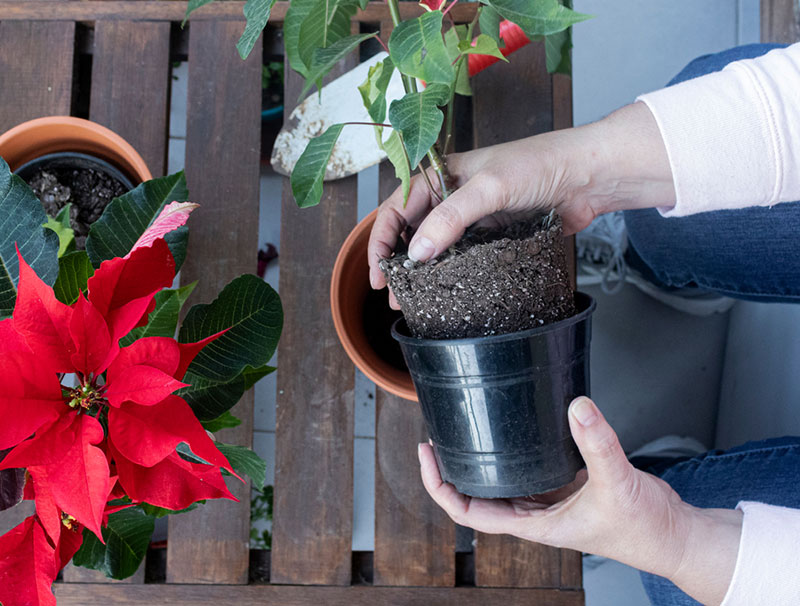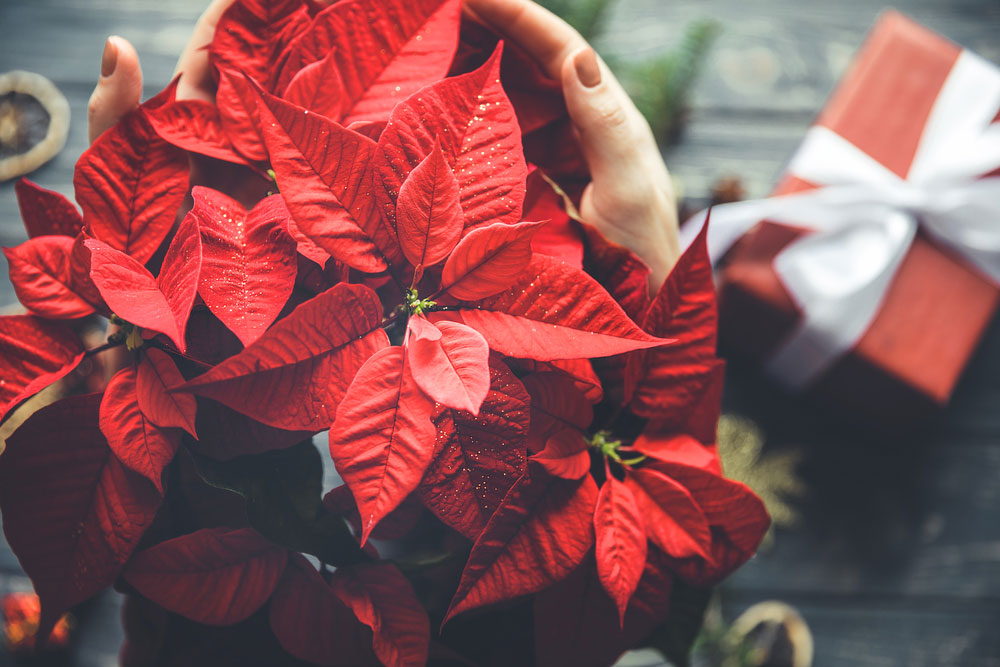
During the winter months, many gardeners entertain themselves by bringing the outdoors inside. Among potted plants, poinsettias (Euphorbia pulcherrima) are a popular and intriguing variety. They are available in colors ranging from red to white, and combat the dreary conditions outside with the flavor of the tropics.
Did you know? The large “flowers” of the poinsettia plant aren’t flowers at all. They are specialized leaves, called bracts, used to direct pollinating insects to the plant’s tiny flowers.
How can you maintain the stunning coloration of your poinsettia plant? Is it possible to revive the flower once it begins to fade? Consider the following poinsettia care tips to enjoy the beauty of your plant all winter long.
10 Ways to Maintain a Happy, Healthy Poinsettia
1. Know your plant. Understanding the origin and habitat of each of your potted plants is essential to their longevity. The poinsettia originated on warm, subtropical mountain slopes near the Pacific Ocean in Mexico. Therefore, proper care involves recreating these environmental conditions in your home.
2. Keep it warm and cozy. Temperatures in the poinsettia’s native environment rarely, if ever, near freezing. In fact, temperatures there may exceed 90 degrees Fahrenheit any month of the year. This tells us something important about our plant – it needs warm temperatures in order to thrive.
The indoor temperature of your home should be sufficient for most plants. Avoid placing the poinsettia in drafty areas, such as near doors or under a window. If you must transport your plant during chilly weather, do so in an enclosed portion of your vehicle.
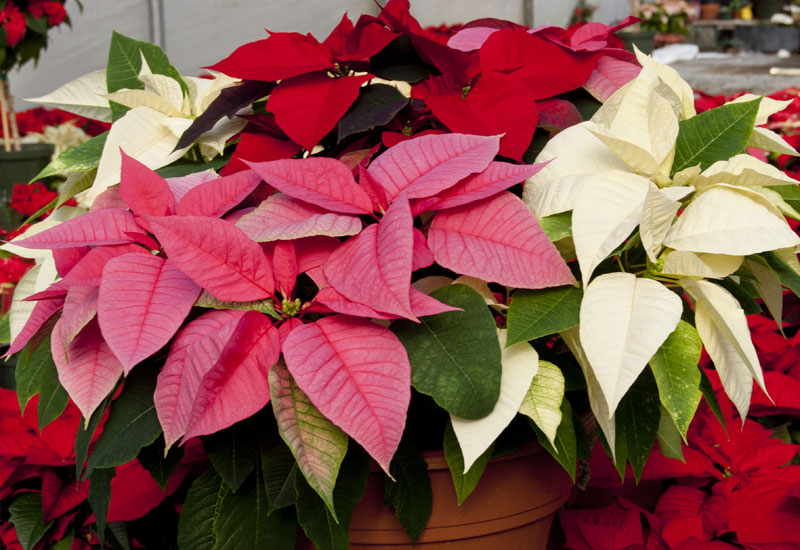
3. Don’t over water. Overwatering is the leading cause of house plant death. Allow the soil in the poinsettia’s pot to become dry to the touch before watering thoroughly. Be sure to check the soil daily so that the plant is not left unwatered after the soil becomes dry.
4. Provide 10 hours of light per day. Ten hours daily is ideal for the longest possible blooming period.
5. Once all chance of frost is past, move the plant outside. Tropical plants enjoy warm weather and sunshine. However, do not immediately place your poinsettia in direct sunlight. Doing so will cause damage to the leaves, which are accustomed to the full shade indoors. First, place the plant in full shade for two weeks. Then, move it to a partially shaded area for an additional two weeks. If you desire a sunny location, you can then move the poinsettia there for the remainder of the season.
In locations that remain warm year-round, the poinsettia can thrive when planted directly in the ground.
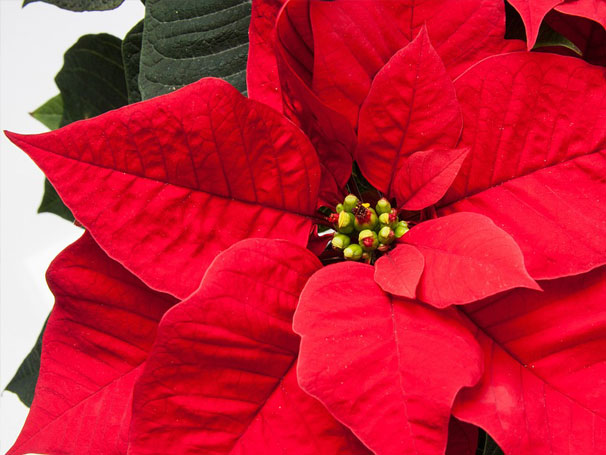
6. Prune away. Poinsettias are a perennial shrub, which, when left to their own devices, can grow 10 to 15 feet tall. In order to keep your potted plant to a manageable size, pinch off new buds that exceed your desired size. Also prune away dead or dying leaves and branches.
7. Check regularly for bugs. This step is especially important when you bring your plant inside after the summer growing season. If pests are found, treat the plant with an approved fungicide/insecticide according to the manufacturer’s instructions. If ants or other insects infest the soil, gently remove the plant from its container, remove infected soil, and replace with fresh potting soil.
8. Fertilize regularly. Potted plants may exhaust the nutrients found in their limited soil supply. Fertilize regularly according to the manufacturer’s instructions.
9. Control light cycles to induce blooming. Poinsettias are photo-period plants, meaning they bloom in response to natural changes in the length of days and nights. To bloom in captivity, this cycle must be artificially recreated.
Two months before you wish to enjoy your plant’s stunning coloration, bring it indoors. Discontinue fertilization and allow it only 8 hours of light per day. During the remaining 16 hours, place the plant in complete darkness – in a closet or under a black plastic bag. Repeat this process for two months before moving the plant to a sunny indoor location.
10. Exercise caution around children and pets. Poinsettias produce a thick sap that is known to cause skin reactions in people with latex allergies. Ingesting the leaves can also cause nausea and other symptoms in children or pets.


